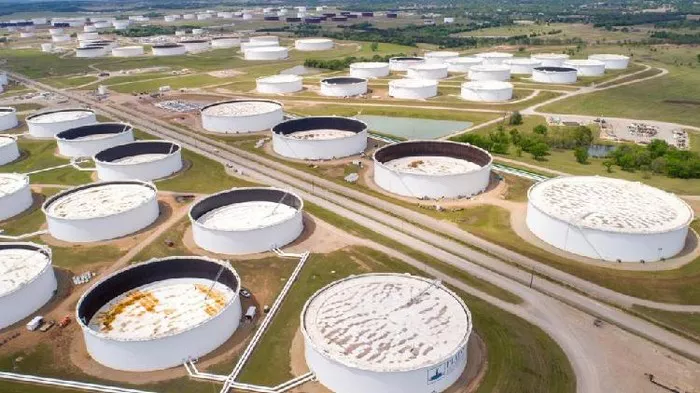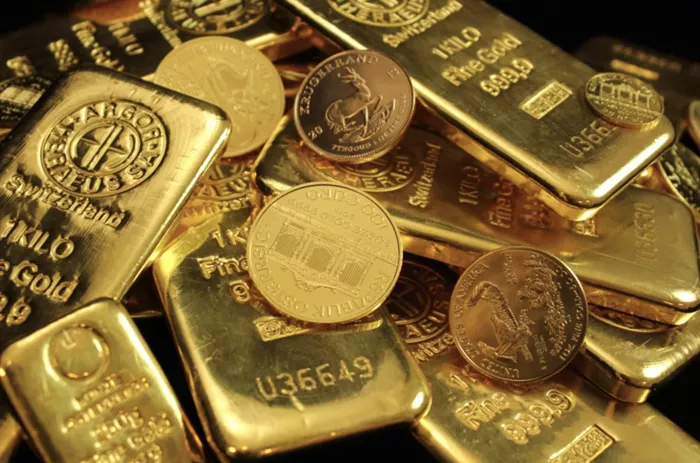Crude oil is a complex mixture of hydrocarbons, and its separation into useful products is a critical process in the petroleum industry. This article explores the 7 primary processes used for crude oil separation, highlighting their significance and mechanics.
1. Atmospheric Distillation
Principle and Mechanism
Atmospheric distillation, also known as primary distillation, is the first step in the refining process. This process operates under atmospheric pressure, hence its name. The crude oil is heated in a furnace to a temperature between 350-400°C.
Fractionation
The heated crude oil is then fed into a distillation column. Inside this column, the mixture is separated into different fractions based on their boiling points. These fractions, or cuts, include:
Light gases (methane, ethane, propane, butane)
Naphtha (used for gasoline production)
Kerosene (used as jet fuel and in heating)
Diesel
Heavy gas oil
Residue (used for further processing or as fuel oil)
Significance
Atmospheric distillation is essential because it initiates the separation process by breaking down crude oil into fundamental components. This step sets the stage for more precise refining in subsequent processes.
2. Vacuum Distillation
Operating Under Reduced Pressure
Vacuum distillation is used to separate the heavier fractions left over from atmospheric distillation. This process operates at pressures significantly lower than atmospheric pressure, which lowers the boiling points of the heavy fractions.
Fractionation of Heavy Crude
By reducing the boiling point, vacuum distillation prevents thermal cracking, which can degrade valuable components. The fractions obtained include:
Light vacuum gas oil (used as feedstock for catalytic cracking)
Heavy vacuum gas oil
Vacuum residue (used in asphalt production or further processing)
Role in Refining
Vacuum distillation enhances the overall efficiency of the crude oil separation process. It allows for the extraction of additional valuable hydrocarbons that would otherwise remain unseparated due to their high boiling points.
See Also: 7 Things That Happen During the Distillation Process of Crude Oil
3. Catalytic Cracking
Breaking Down Larger Molecules
Catalytic cracking is a process that breaks down larger, heavier hydrocarbon molecules into lighter, more valuable products such as gasoline and olefins. This process uses a catalyst to speed up the chemical reactions.
Fluid Catalytic Cracking (FCC)
One common method is Fluid Catalytic Cracking (FCC). In FCC, the heavy hydrocarbon fractions are mixed with a fine catalyst powder. This mixture is then heated to around 500°C, causing the heavy molecules to crack into lighter ones.
Product Distribution
The products from catalytic cracking include:
Gasoline
Diesel
Light gases (used in petrochemical industries)
Olefins (used as feedstock for plastics production)
Importance
Catalytic cracking maximizes the yield of high-demand products such as gasoline and propylene. It also enhances the economic viability of refineries by converting less valuable heavy fractions into more profitable products.
4. Hydrocracking
Hydrogen Addition
Hydrocracking is similar to catalytic cracking but involves the addition of hydrogen. This process not only breaks down heavy molecules but also saturates them with hydrogen, improving the quality of the final products.
Process Conditions
Hydrocracking occurs at high pressures (up to 200 bar) and temperatures (around 350-400°C). The presence of hydrogen helps in reducing sulfur and nitrogen content, making the products cleaner.
Products
The products of hydrocracking are:
High-quality gasoline
Jet fuel
Diesel
Naphtha
Environmental Benefits
Hydrocracking produces cleaner fuels with lower sulfur content, meeting stringent environmental regulations. It also improves the cetane number of diesel, enhancing engine performance.
5. Alkylation
Combining Light Molecules
Alkylation is a process that combines light molecules, such as isobutane and olefins, to produce high-octane gasoline components called alkylates.
Catalysts and Conditions
This process uses either sulfuric acid or hydrofluoric acid as catalysts. It operates at relatively low temperatures (around 0-50°C) and moderate pressures.
Significance of Alkylates
Alkylates are high-octane components that enhance the quality of gasoline. They have low vapor pressure and high stability, making them ideal for blending into gasoline to meet performance standards.
6. Reforming
Enhancing Octane Numbers
Reforming is used to increase the octane number of naphtha fractions, transforming them into high-octane gasoline components. This process involves the rearrangement of hydrocarbon molecules.
Catalytic Reforming
Catalytic reforming uses platinum or a combination of platinum and other metals as catalysts. The process occurs at high temperatures (around 500°C) and moderate pressures.
Aromatics Production
Reforming produces aromatics such as benzene, toluene, and xylene, which are valuable in the petrochemical industry. Additionally, hydrogen gas is a byproduct, which is used in other refining processes.
Importance in Gasoline Production
Reforming significantly boosts the octane rating of gasoline, ensuring better engine performance and efficiency. The hydrogen produced is also crucial for hydrocracking and other processes.
7. Desulfurization
Removing Sulfur Compounds
Desulfurization, also known as hydrodesulfurization (HDS), is the process of removing sulfur compounds from petroleum fractions. This is essential to meet environmental regulations and prevent corrosion in refining equipment.
Hydrotreating
Hydrotreating is a common method of desulfurization. In this process, the petroleum fractions are mixed with hydrogen and passed over a catalyst at high temperatures and pressures. The sulfur compounds react with hydrogen to form hydrogen sulfide, which is then removed.
Products
Desulfurized products include:
Low-sulfur gasoline
Diesel
Jet fuel
Environmental and Operational Benefits
Desulfurization reduces emissions of sulfur dioxide, a major pollutant. It also prevents catalyst poisoning in other refining processes, ensuring smooth and efficient operation.
Conclusion
Crude oil separation is a complex but essential process in the petroleum industry. Each of the seven processes discussed—atmospheric distillation, vacuum distillation, catalytic cracking, hydrocracking, alkylation, reforming, and desulfurization—plays a vital role in transforming crude oil into valuable products. Understanding these processes helps in appreciating the intricate nature of oil refining and its importance in meeting global energy demands.
Related topics:
































